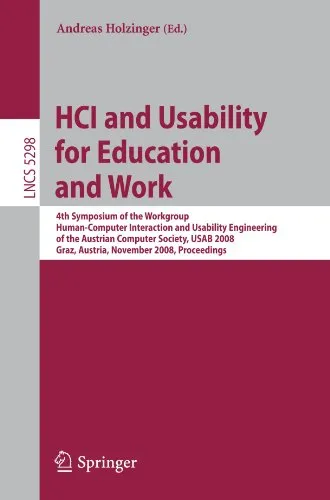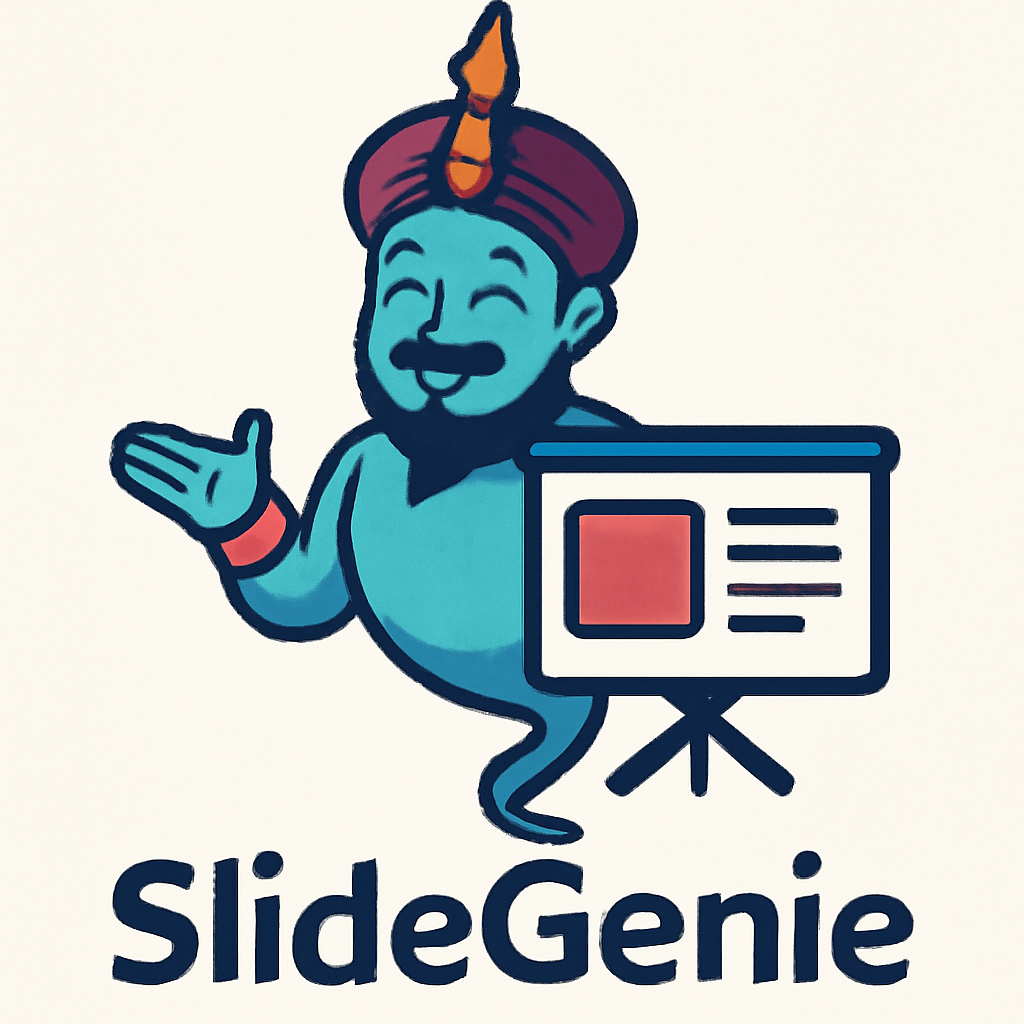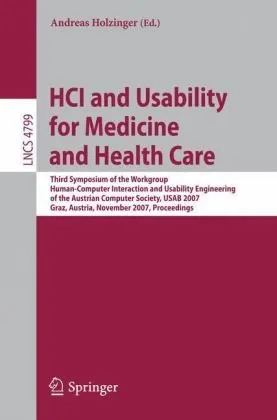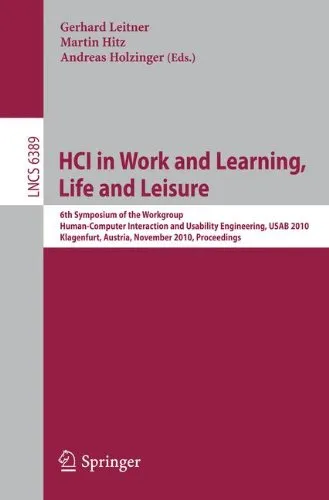HCI and Usability for Education and Work: 4th Symposium of the Workgroup Human-Computer Interaction and Usability Engineering of the Austrian Computer Society, USAB 2008, Graz, Austria, November 20-21, 2008. Proceedings
3.0
Reviews from our users

You Can Ask your questions from this book's AI after Login
Each download or ask from book AI costs 2 points. To earn more free points, please visit the Points Guide Page and complete some valuable actions.Related Refrences:
Introduction
Welcome to the proceedings of the 4th Symposium of the Workgroup Human-Computer Interaction and Usability Engineering of the Austrian Computer Society (USAB 2008). Held in Graz, Austria, this event brought together researchers, practitioners, and experts from diverse fields to explore the intersections of human-computer interaction (HCI), usability, education, and work. The content within these pages offers a comprehensive examination of how technology shapes and is shaped by the educational and professional landscapes of our era.
Detailed Summary of the Book
Our compilation begins with a series of papers and articles that set the stage for understanding the advanced theories and methodologies within HCI and usability studies. These academic contributions are not solely theoretical; they emphasize practical applications that affect everyday technology use in educational and work environments. The symposium proceedings are categorized into thematic sections, each comprising meticulously researched papers that discuss various dimensions of usability, from software interfaces to ergonomics and beyond.
In the education section, contributors explore how HCI and usability principles are being integrated into digital learning tools and environments. This examination includes innovations in e-learning, the use of artificial intelligence in personalized learning experiences, and the impact of interactive technologies on student engagement and outcomes.
The work-focused section discusses how usability engineering enhances productivity, collaboration, and user satisfaction within professional settings. Here, topics range from the design of ergonomic workplaces to the role of HCI in remote work applications.
Key Takeaways
- Integration: The book underscores the importance of integrating HCI principles into the design and implementation of educational and professional tools.
- Interdisciplinary Collaboration: It highlights the need for collaboration across disciplines to foster innovations that are human-centered and effective.
- Adaptability: The rapid evolution of technology demands adaptable approaches to usability that anticipate future trends and challenges.
- Empirical Research: The effectiveness of usability practices is validated through empirical studies, providing a solid foundation for further development in HCI.
Famous Quotes from the Book
"The future of education and work lies not in the mere use of technology but in the thoughtful application of human-centered design that empowers every user."
"Usability is not a feature; it is a critical prerequisite for the acceptance and success of technology in any setting."
"By fostering an interdisciplinary approach to HCI, we unlock the potential for groundbreaking innovations that merge form, function, and human need."
Why This Book Matters
In the rapidly changing world of technology, where digital tools permeate every aspect of life, understanding the principles of HCI and usability is crucial. This book matters because it provides a bridge between cutting-edge research and practical applications that enhance educational and workplace environments. By bringing together a diverse group of experts, the symposium proceedings offer a holistic perspective on the challenges and opportunities at the nexus of HCI and usability.
The proceedings are not just a collection of academic papers; they are a call to action for educators, developers, and professionals to incorporate human-centered thinking into the fabric of technological progress. The insights and findings presented here have far-reaching implications for designing systems that are not only efficient but also enjoyable and accessible to all users.
Ultimately, this book serves as both a resource and inspiration for those who are passionate about crafting the technological landscapes of the future. It reinforces the belief that technology should serve humanity, not the other way around, ensuring that advancements align with human values and enhance the collective experience of users across education and work sectors.
Free Direct Download
You Can Download this book after Login
Accessing books through legal platforms and public libraries not only supports the rights of authors and publishers but also contributes to the sustainability of reading culture. Before downloading, please take a moment to consider these options.
Find this book on other platforms:
WorldCat helps you find books in libraries worldwide.
See ratings, reviews, and discussions on Goodreads.
Find and buy rare or used books on AbeBooks.
1332
بازدید3.0
امتیاز50
نظر98%
رضایتReviews:
3.0
Based on 0 users review
"کیفیت چاپ عالی بود، خیلی راضیام"
Questions & Answers
Ask questions about this book or help others by answering
No questions yet. Be the first to ask!




